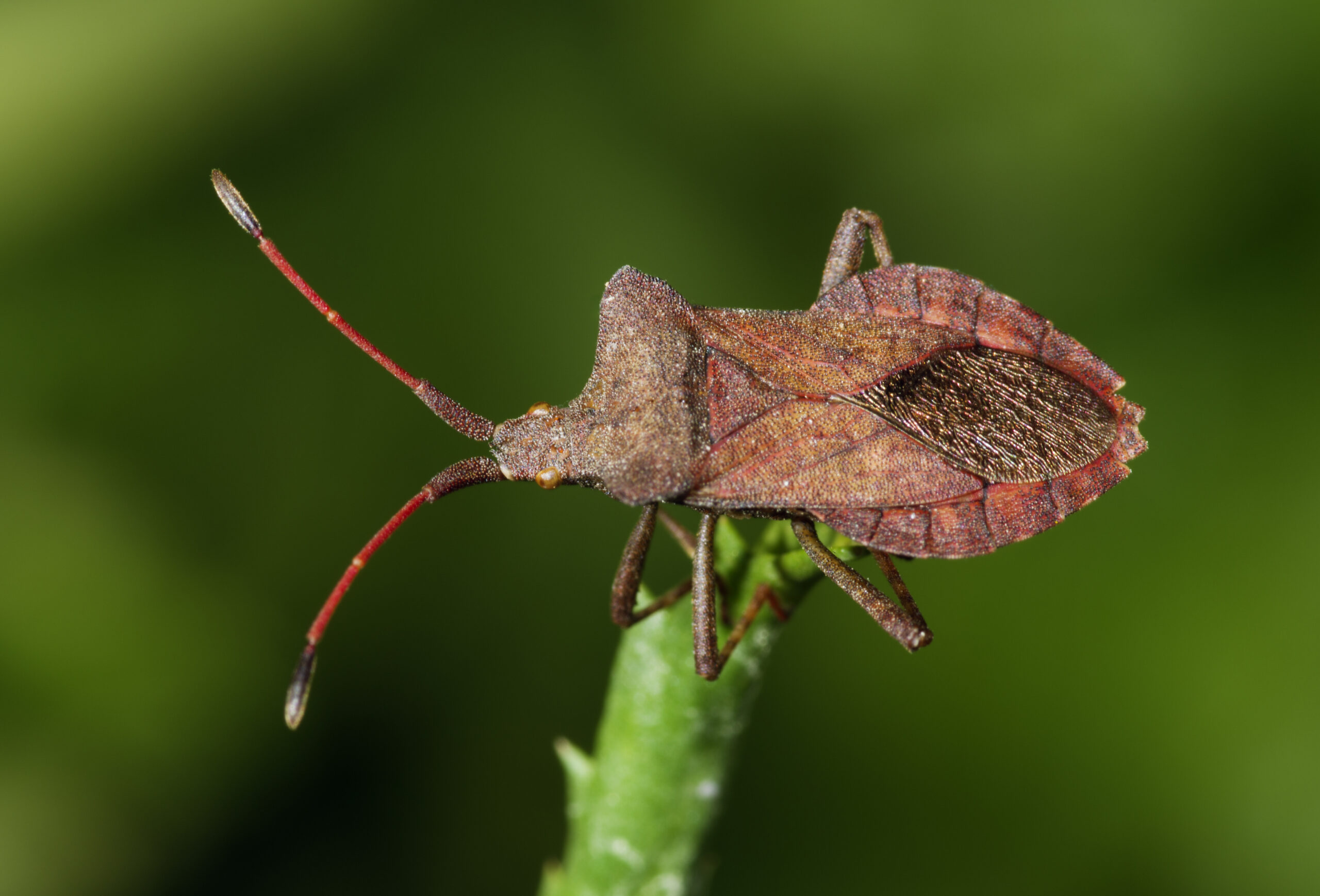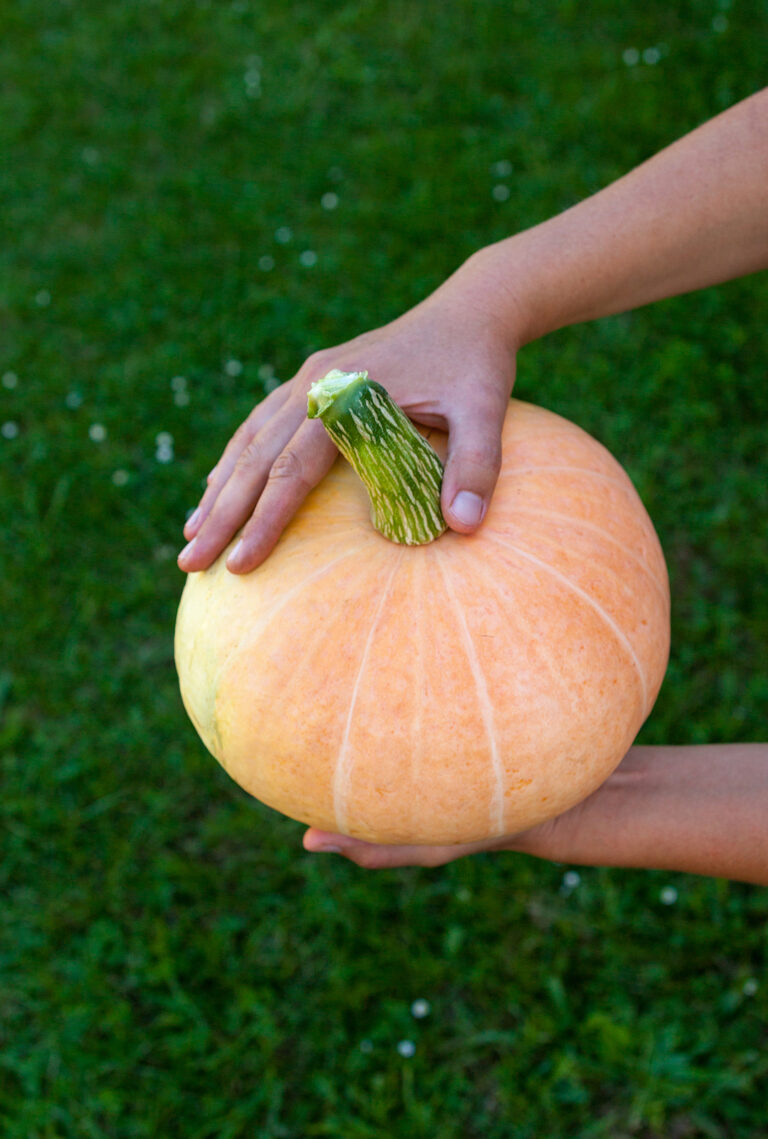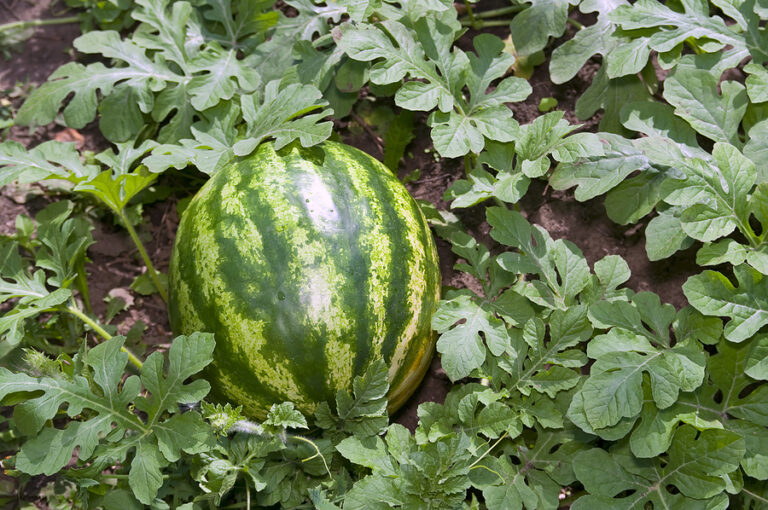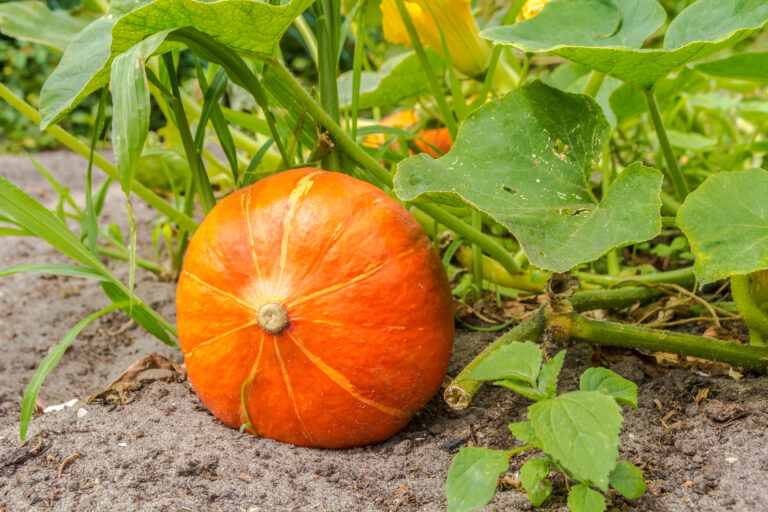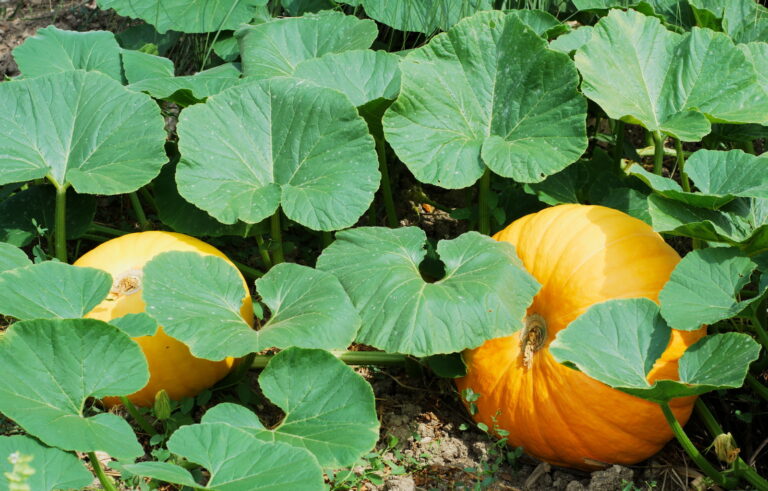Common Pumpkin Pests and Diseases (and How to Stop Them)
Growing pumpkins is incredibly rewarding, but it does come with a few challenges—especially when it comes to pests and diseases. After years of raising pumpkins in both backyard beds and containers, I’ve learned that staying ahead of these problems is essential for a healthy, abundant harvest. In this guide, I’ll walk you through the most common pests and diseases that plague pumpkins, how to spot early signs of trouble, and proven methods I’ve used to prevent and control them.
Common Pumpkin Pests
Several insect pests are drawn to pumpkins and their sprawling vines. Left unchecked, these pests can quickly devastate a crop. Here’s what to watch for:
Cucumber Beetles
Spotted and striped cucumber beetles chew holes in pumpkin leaves and flowers, weakening plants.
More dangerously, cucumber beetles can transmit bacterial wilt, a deadly disease that causes sudden plant collapse.
What I do:
- Place floating row covers over young plants to keep beetles out until flowering begins.
- Handpick beetles in the early morning when they’re slow-moving.
- If needed, I spray with organic neem oil or pyrethrum to manage serious infestations.
Squash Bugs
Squash bugs suck sap from pumpkin vines and leaves, causing them to wilt, dry up, and eventually die. Squash bugs can also introduce toxins as they feed.
Prevention tips from my experience:
- Inspect leaves for clusters of copper-colored eggs and crush them.
- Handpick adult bugs and drop them into soapy water.
- Use floating row covers early in the season to block them out.
Squash Vine Borers
One of the most devastating pumpkin pests is the squash vine borer. The larvae tunnel inside stems, cutting off water flow to the rest of the plant.
Signs of squash vine borers:
- Sudden wilting of a healthy plant
- Small entry holes at the base of the stem
- Sawdust-like frass (droppings) around the stem
How I save affected vines:
- Carefully slit the stem lengthwise with a sharp knife.
- Remove the borer and destroy it.
- Mound soil over the wounded stem to encourage new root growth.
Catching vine borers early can save your plant—I’ve rescued several pumpkins this way over the years.
Common Pumpkin Diseases
Pumpkins are vulnerable to a few major diseases, especially in warm, humid conditions. Here’s what to watch for and how to minimize the risks:
Bacterial Wilt
Cause: Spread by cucumber beetles.
Symptoms: Leaves wilt rapidly and plants collapse, often just as fruits are beginning to mature.
Control tips I use:
- Control cucumber beetles early and aggressively.
- Remove and destroy infected plants immediately to stop the disease from spreading.
Powdery Mildew
Cause: A fungal disease that thrives in humid conditions.
Symptoms: White or gray powdery coating on leaves, leading to leaf decline and reduced yields.
In my garden:
- I plant pumpkins with enough space for good airflow.
- Water at the base of plants, not overhead.
- Avoid handling plants when wet, which can spread spores.
Organic fungicides like sulfur sprays can help if powdery mildew becomes severe.
Mosaic Virus
Cause: Spread by aphids.
Symptoms: Mottled yellow leaves, stunted growth, poor fruit development.
Best practices:
- Control aphids early with insecticidal soap or neem oil.
- Remove and destroy any infected plants—there’s no cure once a plant contracts mosaic virus.
General Tips to Prevent Pumpkin Pests and Diseases
Over the years, I’ve found these practices make a huge difference in keeping my pumpkin patches healthy:
- Plant disease-resistant varieties whenever possible.
- Keep the garden clean—remove weeds, spent vines, and plant debris that can harbor pests and diseases.
- Rotate crops each year to avoid soil-borne problems building up.
- Inspect plants regularly to catch problems early while they’re easier to manage.
With a little vigilance and proactive care, you can avoid the most common pumpkin problems—and enjoy a bountiful harvest!
Related Posts:
Start Here:
Getting Started
- Pumpkin Varieties You’ll Love to Grow
- Choosing the Right Pumpkin: Cooking vs Carving
- Pumpkin Seed Starting Tips
- How to Plant Pumpkins Successfully
- How to Grow Pumpkins in Containers
- Best Companion Plants for Pumpkins
Growing and Care
- Watering, Feeding, and Caring for Pumpkins: A Complete Guide
- Pumpkin Pollination: A Gardener’s Guide
- Common Pumpkin Pests and Diseases (and How to Stop Them)
Harvest and Beyond
- How and When to Harvest Pumpkins
- How to Store and Preserve Pumpkins After Harvest
- Five Ways to Cook Pumpkins
Bonus/Fun

